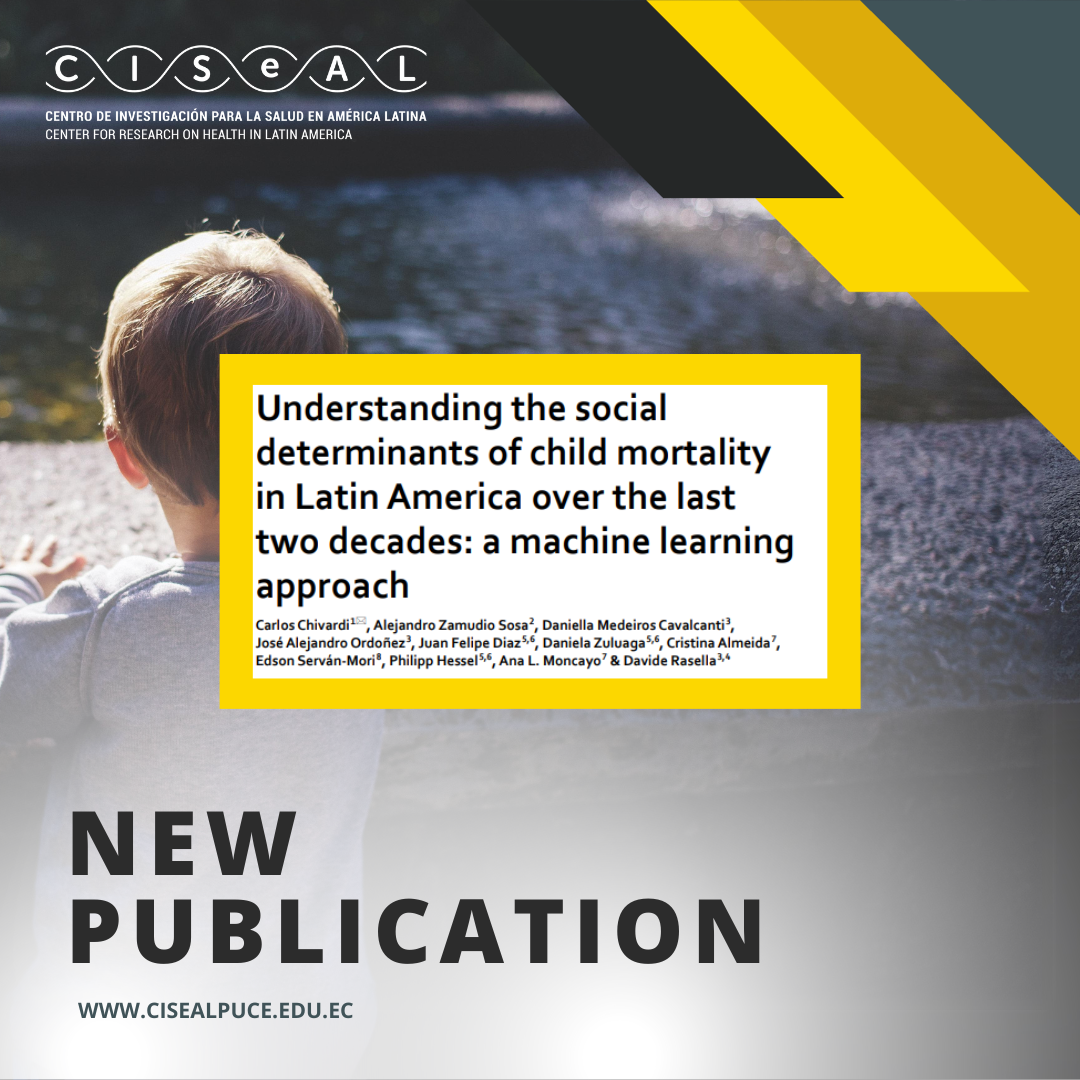
Cervical cancer (CC) screening is a public health concern, and social conditions partially explain the individual’s ability to respond to the preventive aspect of the disease. This study aims to design an explanatory model of self-efficacy (SE) for CC screening.
This study was conducted on 969 women aged 25–64 years who used the public health care system in Santiago, Chile. Multiple linear regression analysis was conducted to generate the explanatory model for global SE index and for each of their components as function of sociodemographic factors, factors related to interaction with the health system, risk factors for CC, family functioning, and the knowledge and beliefs of women regarding the disease and its prevention.
The factors that explain high levels of SE are low levels of education and knowledge of the risk factors of CC, better beliefs about the barriers to and benefits of a Papanicolaou (Pap) test, participation in breast cancer screening, and highly functional family Apgar.

The aim of this research was to assess prostate cancer mortality rates in Latin American and Caribbean (LAC) countries and to predict their mortality up to 2030. Data were obtained from the World Health Organization Mortality Database, and age-standardized mortality rates (ASMRs) for prostate cancer per 100,000 men between 1997 and 2017 were estimated for most LAC countries. Annual percentage change was calculated by country and age group. Nordpred was used to project prostate cancer mortality to 2030. Between 1997 and 2017, the countries with the highest prostate cancer mortality rates were Trinidad & Tobago, Cuba and Venezuela. For all ages, ten Latin American and Caribbean countries recorded significant decreases of between -0.5% and -2.8%, while Brazil, Cuba, Guatemala and Venezuela registered increases. Global prostate cancer mortality will increase by 2030 due to changes in population structure and size.

The eruption of the Tajogaite volcano began on the island of La Palma on September 19, 2021 and lasted 85 days. This study aims to present the design and methodology of the ISVOLCAN cohort (Impacto en la Salud de la Población de La Palma debido a la Erupción Volcánica), as well as preliminary results from the first 1002 participants enrolled. In the midst of tumultuous events, this comprehensive study was launched to investigate the profound impacts of this volcanic event on the health and well-being of the local population. This study aims to elucidate the complex relationship between volcanic activity and public health, shedding light on its design, methodology and initial results. In this article, we present an overview of the study framework and outline the initial results obtained from the participation of the first 1002 people.

Urinary tract infections (UTIs) are one of the most common reasons for prescribing antibiotics in primary care. Diagnosis is based on clinical symptoms and laboratory test results. Although antibiotic therapy is the primary strategy, some studies suggest that treatment may not be optimal, leading to therapeutic failures and bacterial resistance. In the study by Dr. Xavier Sánchez, Dr. Ruth Jimbo-Sotomayor, and Mr. Santiago Escalante, antibiotic prescription patterns in adult patients with suspected UTIs were analyzed, and the appropriateness of these prescriptions was evaluated. A cross-sectional study was conducted in outpatient centers and a second-level hospital of the Ministry of Public Health in a city in Ecuador during 2019. The International Classification of Diseases was used.

In the context of Ecuador, necessary transformations in the health sector and society as a whole are examined to ensure the sexual and reproductive rights of women with disabilities. The analysis is based on two sources of information: the results of national surveys on family relationships and violence against women, and a qualitative study by the United Nations Population Fund in Ecuador (UNFPA, 2017) on pregnancy in adolescent women with disabilities and its relationship with gender-based violence and challenges in human care.

The research on teenage dating violence conducted by our investigator Venus Medina takes a mixed-methods analysis approach, combining quantitative data from surveys with semi-structured interviews. This approach has yielded valuable scientific knowledge and the formulation of innovative hypotheses for future research. The study emphasizes the importance of such research for preventing violence in romantic relationships, as individuals involved often fail to recognize abusive behaviors due to their normalization. Providing a space for reflection is crucial as a first step toward awareness.

In the study in which our researcher Anita Moncayo is involved, the global challenge of reducing child mortality rates is addressed, especially in regions with high inequality, such as Latin America. Using machine learning (ML) algorithms, the relationship between social determinants and under-5 mortality rates (U5MR) in Brazil, Ecuador, and Mexico over two decades was explored. Employing a random forest model (RF), it was identified that poverty, illiteracy, and the Gini index were the most relevant variables for predicting U5MR. Furthermore, the existence of non-linear relationships, especially between the Gini index and U5MR, was highlighted. The analysis suggests that long-term public policies in Latin America should focus on reducing poverty, illiteracy, and socioeconomic inequalities to effectively address this public health issue.



